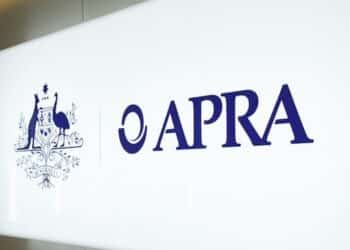According to Kaplan Professional chief executive Brian Knight, with FASEA’s code of ethics coming to effect on 1 January 2020, now is a suitable time for the industry to look to maximise the assistance of technology.
“Over the next 12 months, the industry needs to see this as an opportunity to be much clearer and crisper in its documentation and procedures,” he said.
“It needs to be down to the level where the industry can utilise these technologies to assist those on the front line, while training the next generation and retraining existing advisers on their exact obligations.”
Regtech firm Red Marker said there needed to be a mindset change within the advice industry on how AI and machine learning tools can best assist the industry.
“It is important both dealer groups and vendors progress with realistic expectations, particularly around the ‘pre-work’ that needs to be done to ensure financial advice can become an ideal candidate for automated solutions,” said Red Marker CEO Matt Symons.
“If the financial services industry wants to increase the likelihood that effective statement of advice (SoA) review solutions emerge at a faster rate, then we need to come together and collaborate … working together is going to be key to developing highly-reliable, automated review solutions.”
However, both Kaplan Professional and Red Marker noted that, before the industry can benefit from advice review technologies built using AI and machine learning, existing pre-conditions needed to be in place, including:
- Expectations need to be managed – automated solutions will not be available ‘off-the-shelf’ to replace or meaningfully reduce the amount of supervision required.
- Although significant training data exists, there are limitations, including:
a. Many files require optical character recognition, and the quality of data extraction is challenging for natural language processing and machine learning techniques.
b. Regulations have evolved in recent times and what once might have been acceptable may not be any more, limiting the ‘training’ value of this data record. - The industry seems to be diverging, rather than converging on standard approaches to SoA construction, automatic programming language and product comparison logic.




If the industry is diverging on standard approaches to SoA construction then that is a great thing.
SoAs are supposed to be clear and concise and tailored to the circumstances and requirements of the client. They are not supposed to be “one size fits all” monolithic tomes of compliance jargon spat out by a computer.
advisers embrace everything and everyone. trouble is no one is interested in embracing us.
I’m not sure how these Robo Advice machines can continue to provide advise in this space not having the capacity to obtain a relevant degree or be mentored by a human being. Just seems wrong….and possibly illegal in the new environment or will there be a dispensation? If you’re a machine no relevant quals are needed?
They will probably operate under the same dispensation as accountants, real estate agents, mortgage brokers, book writers, seminar promoters, property developers etc.
The only people who are required to follow the law are financial advisers. Everyone else has a free pass to give whatever dodgy advice they like.
So another editorial as Kaplan is in bed Red Marker, if advisers think this is the year of AI ask Siri to find you the phone number to an odd name or address, even watson (the better of AI) has limitations at present- maybe, just maybe in 5-10 yrs things may be right but not now. What advisers have to do is get back to just talking with clients without the need to sell them the newest policy